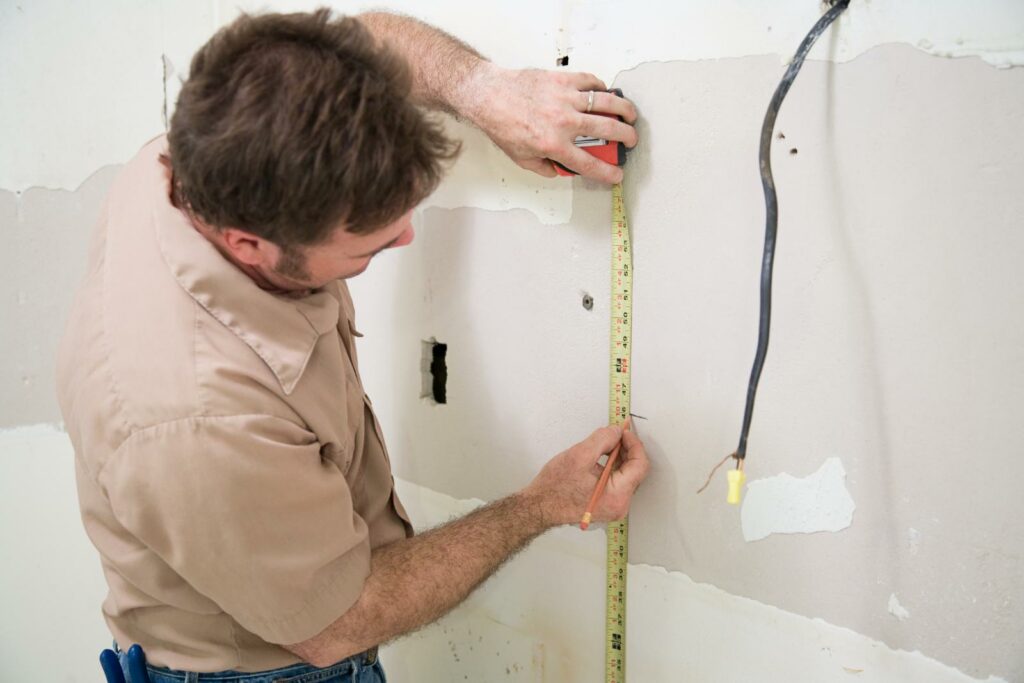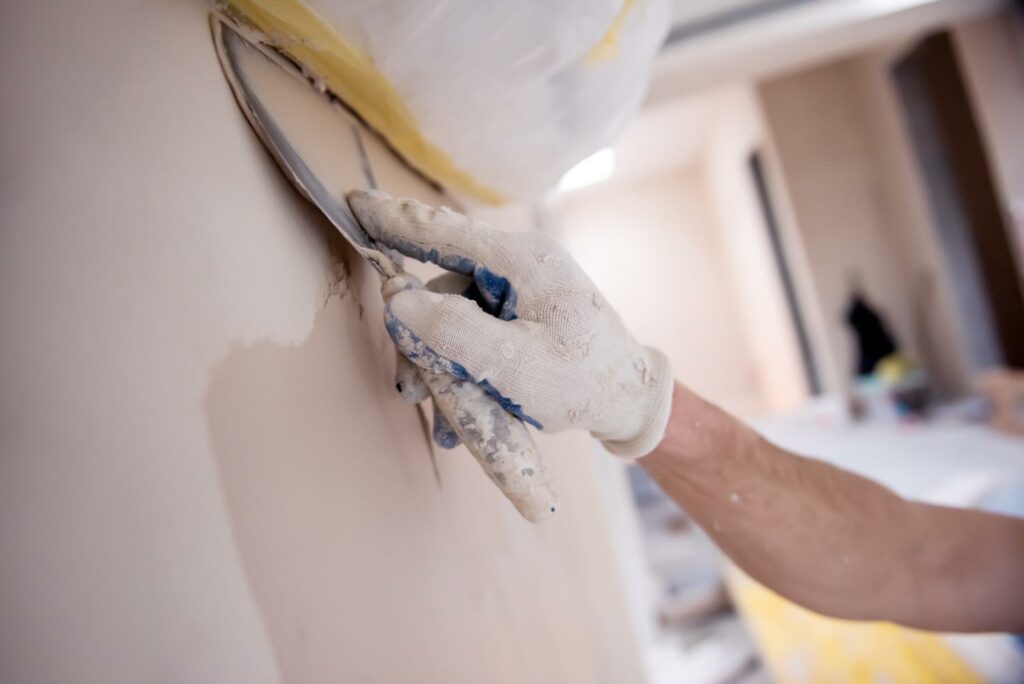Contents
Regular roof inspections play a vital role in maintaining your home’s overall health. By staying proactive and vigilant, you can catch potential roofing issues early on, preventing them from escalating into more significant problems. This saves you money in the long run and ensures your property’s safety and structural integrity. So, why overlook the significance of regular roof inspections when they offer such valuable benefits for your home?
Key Takeaways
- Maintain structural integrity and longevity of the roof.
- Prevent costly repairs by addressing issues promptly.
- Detect early signs of damage to prevent extensive damage.
- Ensure compliance with insurance requirements.
- Prolong roof lifespan with timely maintenance.
Importance of Regular Inspections
Regular roof inspections are vital to maintaining the structural integrity and longevity of your roof. By conducting regular roof maintenance, you’re taking preventive measures to make sure that your roof remains in top condition.
Roof maintenance involves inspecting for any signs of damage, such as missing or damaged shingles, leaks, or sagging areas. Addressing these issues promptly through regular inspections can help prevent more extensive damage and costly repairs in the future.
To maintain your roof’s health, it’s important to schedule regular inspections at least twice a year, typically in the spring and fall. These inspections allow you to identify any potential problems early on and address them before they escalate. During these inspections, a professional roofer can also clean debris, check for proper ventilation, and ensure that the roof is adequately sealed to prevent leaks.
Roof Inspection Frequency
When it comes to roof inspections, timing is important. Regular roof inspections offer various benefits that can help maintain the integrity of your roof.
Understanding the frequency of inspections and their advantages is essential for ensuring the longevity of your roof.
Inspection Timing
To ensure the prime condition of your roof and proactively address any potential issues, it’s essential to determine the appropriate frequency for roof inspections. Inspection timing plays a vital role in this process.
The timing of your roof inspections should be aligned with seasonal changes and weather conditions. It’s advisable to conduct inspections at least twice a year, ideally in the spring and fall. Spring inspections allow you to assess any damage from the harsh winter conditions, while fall inspections help prepare your roof for the upcoming winter months.
However, if your area experiences extreme weather conditions or storms, more frequent inspections may be necessary to safeguard the longevity and durability of your roof.
Benefits of Inspections
Considering the impact of roof inspection frequency, it’s imperative to understand the significant advantages these regular assessments provide for the longevity and performance of your roof. Regular roof inspections offer various benefits, including meeting insurance requirements, enhancing property longevity, and preventing costly repairs.
By adhering to a consistent inspection schedule, you not only fulfill insurance obligations but also ensure that any potential issues are identified early, saving you from major expenses down the line. In addition, frequent inspections contribute to maintaining the structural integrity of your roof, prolonging its lifespan, and preserving the overall value of your property.
Investing in routine inspections is a proactive approach that safeguards your roof’s condition and secures your investment in the long run.
Signs of Roof Damage
Examining your roof regularly is vital to catch signs of damage early on and prevent costly repairs later. By paying attention to warning signals, you can address issues promptly, extending the life of your roof.
One common sign of damage is missing or cracked shingles, which can leave your roof vulnerable to leaks and water damage. If you notice any shingles that are curling or buckling, it’s important to replace them promptly to maintain the integrity of your roof.
Another indicator of roof damage is the presence of water stains on your ceiling or walls, signaling a potential leak. Inspecting your roof for any signs of sagging or structural issues is essential, as these could indicate more significant problems that require immediate attention.
Additionally, look for granules from your shingles in your gutters, as this could be a sign of wear and tear on your roof. By staying vigilant and addressing these signs of damage promptly, you can avoid costly repairs and ensure the longevity of your roof.
Professional Inspection Benefits
Regular roof inspections by professionals are essential for maintaining the structural integrity and longevity of your roof. Professional inspectors utilize advanced inspection techniques to thoroughly assess the condition of your roof, identifying issues that may go unnoticed by an untrained eye. These experts have the knowledge and experience to detect early signs of damage, such as leaks, missing shingles, or deteriorating flashing, preventing minor problems from escalating into costly repairs.
During a professional roof inspection, various aspects of your roof are carefully examined, including the roof covering, flashing, gutters, and ventilation systems. By conducting regular inspections, professionals can recommend timely roof maintenance measures to address any issues and prolong the lifespan of your roof. Roof maintenance tasks like replacing damaged shingles, clearing debris from gutters, and sealing potential entry points for water intrusion are essential in preserving the overall health of your roof.
Investing in professional roof inspections and maintenance not only safeguards the safety of your home but also saves you money in the long run by avoiding major repairs or premature roof replacement. Trusting experts to inspect your roof ensures that it receives the care and attention it needs to withstand the elements and provide lasting protection for your property.
DIY Vs. Professional Inspection
When it comes to roof inspections, you must weigh the option of DIY versus hiring a professional. Your skills and experience play a significant role in determining the thoroughness of the inspection.
Consider the potential cost differences between conducting the inspection yourself and hiring an expert.
DIY Vs. Expert Inspection
Consider the advantages of a professional inspection over a DIY approach to evaluating your roof’s condition.
While DIY inspections have benefits like cost savings and immediate availability, expert inspections offer advantages that go beyond what an untrained eye can detect.
Professionals bring in-depth knowledge, experience, and specialized tools that enable them to identify issues that may be overlooked during a DIY inspection.
Expert roof inspectors can pinpoint hidden problems, assess the overall health of your roof, and provide accurate recommendations for maintenance or repairs.
Skills and Experience
Opt for professional roof inspections to benefit from the specialized skills and experience that can uncover hidden issues and provide accurate recommendations for maintenance or repairs. When comparing DIY inspections to professional services, consider the following:
Training Programs: Professional inspectors undergo rigorous training programs to learn about the latest industry standards and best practices.
Certification Standards: Certified inspectors adhere to strict certification standards, ensuring a high level of expertise in identifying roof issues.
Specialized Knowledge: Professionals possess specialized knowledge that allows them to detect subtle signs of damage that untrained eyes might miss.
Experience: Years of experience in the field enable professionals to quickly assess the condition of your roof and recommend appropriate solutions.
Choosing a professional inspection ensures a thorough evaluation of your roof’s health.
Potential Cost Differences
Consider the potential cost differences between conducting a DIY roof inspection and hiring a professional to ensure a thorough evaluation of your roof’s condition.
While a DIY inspection may seem cost-effective initially, it could lead to missed issues that may escalate into costly repairs over time.
Professionals bring expertise that allows them to identify potential problems early, saving you money in the long run.
Investing in a professional inspection not only ensures the longevity of your roof but also provides peace of mind, knowing that preventative measures are in place.
The cost savings from early detection of issues far outweigh the expenses of major repairs that could have been prevented with a comprehensive professional inspection.
Roof Inspection Checklist
Ensuring your roof is in excellent condition requires a thorough and systematic inspection process that covers key areas to prevent potential issues. Here is a checklist to guide you through a detailed roof inspection:
Roofing Material: Check for any missing, damaged, or curling shingles that may indicate the need for repairs or replacement.
Flashings: Inspect the flashings around chimneys, vents, and skylights for any signs of damage or deterioration that could lead to leaks.
Gutters and Downspouts: Clear debris from gutters and ensure downspouts are securely attached to divert water away from the foundation.
Attic: Look for signs of water damage, such as stains or mold, which could indicate a leak in the roof.
Regular roof maintenance and inspections are essential for leak prevention and extending the lifespan of your roof. By following this checklist at least once a year, you can catch potential issues early and avoid costly repairs down the line.
Common Roofing Issues
Inspecting your roof regularly can help you identify common roofing issues before they escalate into costly problems. One of the most critical issues to watch for is leak detection. If not addressed promptly, leaks can lead to water damage, mold growth, and structural deterioration. During your inspection, check for signs of water stains on ceilings or walls, missing shingles, or deteriorated flashing around chimneys and vents.
Another common problem that can arise is weather damage. Severe weather conditions such as hail, strong winds, or heavy snow can cause significant damage to your roof. Look for cracked or lifted shingles, dents on metal roofs, or granule loss on asphalt shingles. Addressing weather damage promptly can prevent further issues like water infiltration or insulation problems.
Safety Measures for Inspections
When conducting roof inspections, ensure you have the safety equipment to protect yourself from potential hazards. Proper training for the inspection team is vital to identify risks and maintain a safe working environment.
Additionally, having an emergency response plan can help mitigate any accidents or injuries during the inspection process.
Safety Equipment Required
Ensure safety equipment is on hand before conducting any roof inspections to ensure a secure and protected work environment. When preparing for a roof inspection, make sure you have the following safety equipment:
- Safety Harness: A secure harness is essential for working at heights to prevent falls.
- Non-Slip Shoes: Proper footwear with good traction will help you maintain stability on the roof surface.
- Protective Headgear: A hard hat will protect you from head injuries due to falling objects.
- Eye Protection: Safety glasses shield your eyes from debris and dust, ensuring clear vision during the inspection.
These readily available safety items will help you adhere to safety precautions and standards while conducting thorough roof inspections.
Inspection Team Training
Prior to proceeding with inspection team training, ensure that all members are equipped with the necessary safety knowledge and equipment to maintain a secure work environment. Coordination among the inspection team is paramount to ensuring efficiency and safety during roof inspections.
Regular training sessions should cover the technical aspects of the inspection process and emphasize the importance of teamwork and communication. Additionally, it’s essential to prioritize inspection equipment maintenance and calibration to ensure accurate results and best safety levels.
Emergency Response Plan
Ensure your inspection team is well-prepared with a thorough Emergency Response Plan to implement safety measures during roof inspections. Emergency response training and inspection protocol development are vital components to ensure a smooth process.
Here are key elements to take into account:
- Establish Communication Channels: Set up clear communication methods to relay emergencies effectively.
- Designate Roles and Responsibilities: Assign specific roles to team members to streamline emergency responses.
- Implement Safety Procedures: Develop and practice safety protocols to handle unexpected situations efficiently.
- Regular Training and Drills: Conduct routine training sessions and drills to keep the team prepared and responsive in real-time scenarios.
Hiring a Roof Inspection Expert
When seeking a roof inspection expert, it’s essential to carefully vet and select a highly qualified professional with a proven track record in the industry. Roof maintenance is a vital aspect of ensuring the longevity and functionality of your roof, and hiring the right expert can make all the difference.
Look for professionals who are well-versed in various inspection techniques, including but not limited to thermal imaging, moisture meters, and visual assessments.
A seasoned roof inspection expert will possess the skills and knowledge necessary to identify potential issues before they escalate, ultimately saving you time and money in the long run. When choosing an expert, consider their experience, certifications, and customer reviews to gauge their credibility and reliability.
Roof Inspection Cost Factors
When contemplating the overall scope of roof maintenance, grasping the various cost factors associated with roof inspections is imperative. Here are some key points to ponder:
Roofing Materials: The type of materials used on your roof can greatly impact inspection costs. Different materials require varying levels of expertise and time to inspect properly.
DIY vs. Professional: Deciding between conducting a roof inspection yourself or hiring a professional can influence costs. While a DIY inspection may seem cost-effective, professionals can provide a thorough assessment that could save you money in the long run.
Roof Maintenance: Regular maintenance can help lower inspection costs by identifying issues early on. Neglecting maintenance can lead to more significant problems that are costlier to fix.
Cost-Saving Tips: Look for roofing companies that offer inspection packages or discounts for regular inspections. These cost-saving tips can help you stay on top of maintenance without breaking the bank.
Understanding these cost factors can help you make informed decisions regarding your roof inspections and ultimately save you money in the long term.
Final Thoughts
Regular roof inspections are the lifeline of your home’s protection. Like a vigilant guardian, they keep potential threats at bay and ensure your roof stands strong against the elements.
Don’t wait for the storm to strike – be proactive and schedule your inspections to safeguard your investment and peace of mind. Remember, a well-maintained roof is your shield against the chaos of nature.




